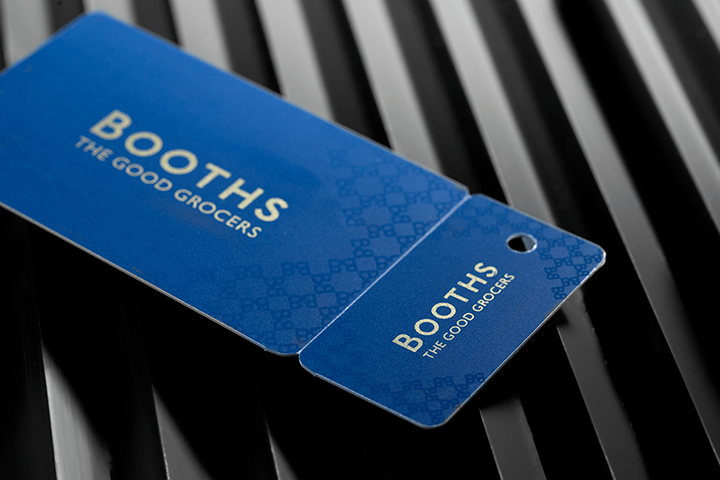Smart British shoppers are saving more than £4bn a year thanks to loyalty cards, according to new research.
The latest study reveals 86 per cent of the UK adult population owns at least one such card and each individual consumer saves an average of £100.32 annually, meaning £4.39bn is saved every year across the UK. However, the research also discovered that shoppers are still sitting on £351m worth of unused points annually.
Commissioned to mark 30 years of UK high street loyalty card schemes, the survey by leading plastic card manufacturer, Plastic Card Services, found that British shoppers carry an average of three loyalty cards in their wallets and purses, while almost a third (29%) own five or more.
But almost one in ten card owners (8.05%) admit they have never cashed in their points, with shoppers in London and those aged under-25 the guiltiest of this. Meanwhile, Yorkshire folk and those aged over-55, are most likely to cash in their points regularly.
In fact shoppers aged over-55 are five times more likely to use their loyalty cards than those under-25. However young people feel the greatest sense of loyalty to a brand that offers a store card.
Half of all adults told researchers they are more likely to make a purchase if a store offers a loyalty card scheme and two thirds said it makes them feel more loyal. This figure rises to eight out of ten shoppers under-25.
Scottish consumers are the least loyal, with four out of ten saying they felt no sense of loyalty to shops or brands they owned cards for, while shoppers in London feel the most sense of loyalty.
The majority use their cards at least twice a week and one in ten admit to using one every day. The supermarket loyalty card is by far the most popular, being used six times more often than any other.
The UK’s favourite loyalty card is the Tesco Clubcard, followed by Boots Advantage and Sainsbury’s Nectar. But women voted Boots Advantage card their favourite, as did shoppers under-25.
It is 30 years since UK consumers were introduced to the first High Street-backed store card, with Sainsbury’s Homebase Spend and Save Card in 1982. However, it wasn’t until the launch of the Tesco Clubcard in 1995 and the Boots Advantage in 1997, that they became popular en masse.
Speaking about the results of the research that surveyed 2,000 consumers across the UK, Rob Nicholls, MD of Plastic Card Services, said: “It is astonishing to think of the impact loyalty cards have had on consumer behaviour over the past 30 years. Our research has been able to highlight, in black and white, the savings that shoppers can make as a direct result of using loyalty cards.
“It has been an extraordinary journey over the past three decades but there is clearly still more work to be done, including getting more people to engage with brands who offer loyalty cards and reaching those consumers who have cards but don’t use them properly.
“With this in mind, we look forward to what the next 30 years will bring in this field of consumer behaviour.”
The research also discovered the most important elements that consumers demand from loyalty cards, unsurprisingly, are lots of savings, points and cashback. The majority of female card owners like to save their points up for special purchases, while men prefer to spend as they go along.
The average number of points shoppers accrue before they spend is 1679.
While new technology has seen the development of mobile loyalty apps, less than a fifth (18.9%) said they would swap their cards for an app and eight out of ten people insisted they would replace their card if they lost it.





